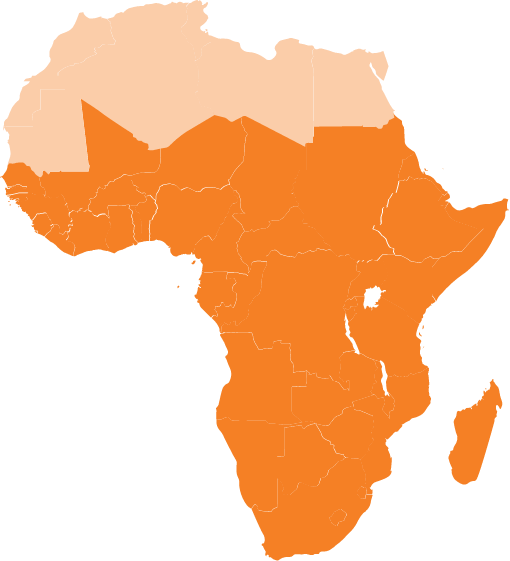In 2019, Children’s Rights and Violence Prevention Fund (CRVPF) in partnership with the Central Cluster, a coalition comprised of; Action for Fundamental Change And Development (AFFCAD) and Serving Lives Under Marginalisation (SLUM) conducted a power analysis to analyse the power dynamics within vulnerable communities and how they affect adolescent girls power and safety within their communities. It was discovered that there was a skills and knowledge gap on financial literacy and on issues to do with knowledge and services on Sexual Reproductive Health and Rights which were greatly affecting girls power as they were not economically empowered with their Sexual and Reproductive Health at risk as adolescent girls and young women are susceptible to SRHR risks and complications. To address the above gaps, the safe space approach was used which led to the creation of twelve adolescent girls-only safe spaces within Kawempe and Nansana Divisions in Kampala and Wakiso Districts. These safe spaces aimed to create an atmosphere where girls feel free to express themselves without fear, understand and are free to exercise their rights, and are not afraid to report their rights being violated. To date, 930 adolescent girls and young women have been able to access these safe spaces that have been equipped with items like stationary, craft-making materials, and chairs among others that create a comfortable environment for girls.
“Being part of the safe space has enabled be enhance my leadership skills through the life skills trainings that have been conducted at the safe space,” says Nansubuga Josephine, peer mentor of Nyumbani Safe Space.
Phase III implementation kicked off in October 2022 with three major objectives including increased knowledge of stakeholders on issues related to girls, equipping girls with vocational and entrepreneurship skills, strengthening girls movement to influence the priorities and actions on issues impacting their lives and improved access to SRHR friendly services by adolescent girls and young women.
Vocational and entrepreneurship training coupled with the provision of start-up toolkits for 60 girls trained in phase II saw 76% of them improve on their livelihoods through gainful employment in the various fields of study with 24 more trained girls awaiting graduation.
In a bid to increase stakeholder’s knowledge on issues affecting girls and young women, twelve girls led community stakeholders’ dialogues and meetings were held which provided the girls with an opportunity to share issues that were affecting them like online abuse of their rights and power imbalances within the community among others. The dialogues reached 595 stakeholders including; teachers, local leaders, parents and young men. This was aimed at driving collaborative efforts with the community towards driving community driven response and strategies towards addressing issues affecting adolescent girls and young women. As a result, sustainable problem-solving strategies were developed and are being implemented within the community like community parenting among others.
Regarding movement building, two community drives estimated to have reached 2,000 people directly, celebrations of days like; the International Day of the Girl child and one TV talk show were provided the girls with a platform to advocate for issues affecting them like unequal opportunities in the job market, lack of a voice in decision making among others. Adolescent girls health was improved through bi annual medical camps at the safe spaces and access to free monthly medical services where SRHR knowledge was shared and services were brought closer to the girls for easy access. These efforts reached 484 girls directly.
“We are honoured by the impact that the program has had on the adolescent girls and young women within the communities that we work with,” Prudence Atukwatse, Executive Director of AFFCAD said.
Despite the achievements of the phase, unemployment remains a challenge especially among young women that needs to be addressed. The power imbalances within the community continue to fuel violence against women and girls and there is need for continuous address of these imbalances to reduce the level of violence against women and girls from vulnerable communities. The need to build girls power is still key to enable girls and young women break barriers that are hindering them from development to achieve Vision 2030.
